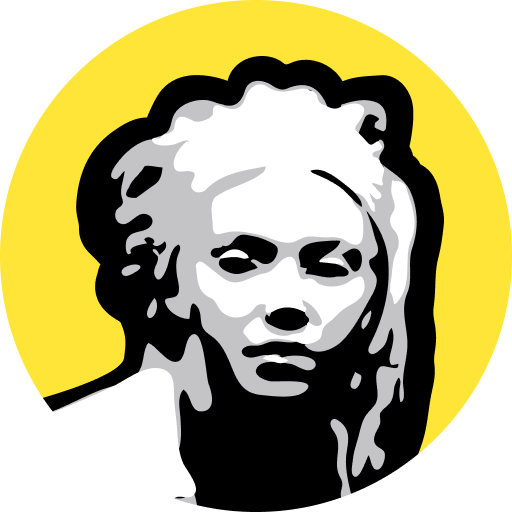Privacy protection and how Nym can help
Nov 25, 2022

I'm studing Web3 and video platforms. Joystream marketing worker. Table tennis, Adobe tools and yoga enthusiast.

I'm studing Web3 and video platforms. Joystream marketing worker. Table tennis, Adobe tools and yoga enthusiast.